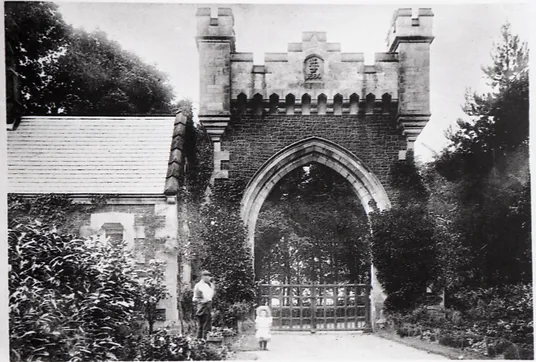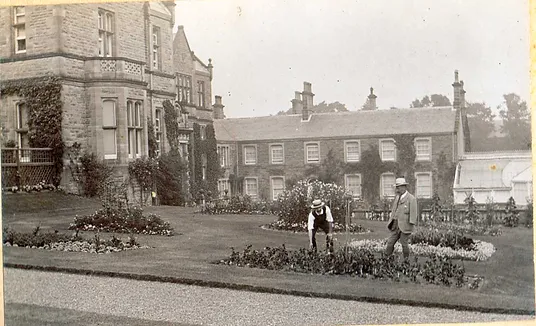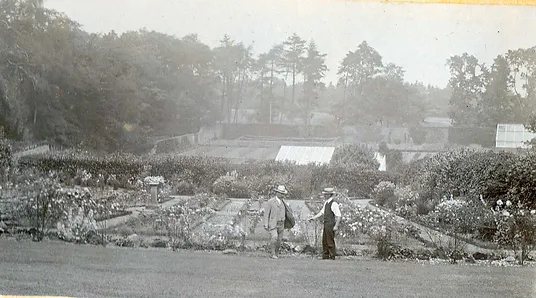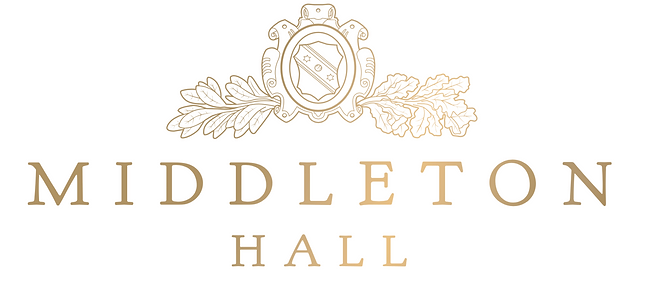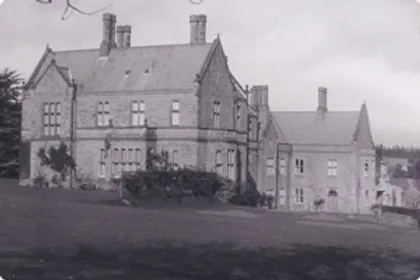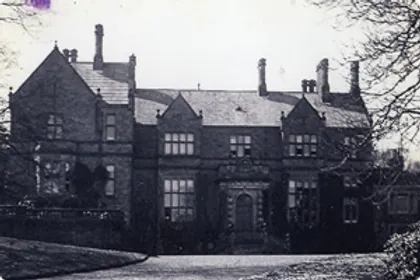History of the Estate
The first documented history of the land on which Middleton Hall now sits dates back to 1107 and to the De Muschamp family. Roger De Muschamp was originally given ownership of the land by Henry I, but family feuds eventually forced a change of ownership. The land then became the property of Stephen Bulmer, a Gent who married into the De Muschamp family years earlier. Through the following two centuries, the land was passed down through the generations until it became the property of David Le Mareschal. In 1302, due to De Mareschal’s part in the Scottish uprising, King Edward III punished him by taking possession of the land on which Middleton Hall now stands.
By 1821, Middleton estate was owned by Stephen F. Gillum who had family connections to the famous naturalist Prideaux Selby from Twizell. Gillum sold the estate in 1857 and it’s this historic change of hands that began its journey towards the Hall we see today.
John Towlerton Leather was the man who bought the estate in 1857 and he’s generally referred to as ‘The father of Middleton’. John found the place an inspiration and continued to purchase the surrounding land as well as adding a large Tudor wing to the existing two storey farmhouse.
John’s passion for Middleton was sadly not shared by his eldest son, Frederick. On John’s death in 1885, Frederick abandoned the buildings to a slow decline, choosing instead to waste his family fortune on his numerous vices.
It was ultimately left to John’s grandson, Colonel Gerard F.T. Leather, to rebuild his grandfather’s legacy. In 1915 the original farmhouse wing once again became subject to a fire, but Gerard rebuilt it in 1925 using fixtures from the nearby Haggerston Castle. The two lakes currently at the Hall were both built by Gerard. These led to the redirection of the original road which can still be seen in the wood near The Boathouse.
Sadly, Gerard’s slightly maverick approach to the redevelopment of the Middleton estate eventually led to financial difficulty resulting in much of the land being split up and sold off.
The last ‘Leather’ to own the Middleton estate was Captain Ralph Towlerton Leather who inherited it in 1941. As with Frederick, he had no interest in Middleton and duly sold it to the Greenwich Hospital Trust in 1945. Ralph allowed his uncle, John Walters Leather, to stay on at the hall as a house guest. During his time there, the staff and many local residents believed John to be Lord of the Manor and he was treated as such until his passing in 1966.
In autumn 2006, the trust put the estate up for sale. The beautiful history and natural ambience of the buildings had been suffocated as Middleton Hall, by now, was four modern flats and a hunting lodge. The building had declined substantially through lack of true, heartfelt, loving care… and this is how we found it.
The next chapter in the history of Middleton Hall is the one we continue to write every day. The transformation into a holiday destination respects the past whilst embracing the future simply by staying true to the original vision of John Towlerton Leather. His passion and commitment is reflected in every inch of Middleton Hall and we believe it’s now back to being the kind of place he would be proud of.
